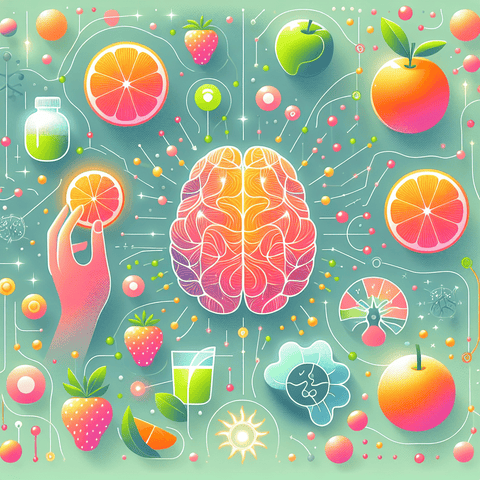Neuroprotection is the study of how the brain resists and adapts to challenges over time. This page gathers evidence-based neuroprotection tips and translates them into practical, everyday strategies for people who want to support their cognitive trajectories. By focusing on what research highlights as core drivers of brain resilience—such as neural plasticity, network efficiency, and the ability to adapt to new tasks—these tips aim to be clear, actionable, and attainable. One strand of neuroprotection emphasizes cognitive engagement. In daily life, that translates to regularly introducing new skills or problems, varying tasks to challenge different cognitive domains, and using spaced repetition or reflection to reinforce learning. The idea is to keep neural circuits flexibly connected and to promote diverse mental representations. Try identifying a small, new skill or topic to explore over the coming weeks and incorporate periodic review to reflect on what you've learned. Another focus is the optimization of attention and information processing in ordinary tasks. This can involve structuring work or study into focused blocks, reducing unnecessary distractions, and planning transitions between activities. Neuroprotection discussions often highlight the value of deliberate practice and sustained attention patterns as ways to engage brain networks efficiently, without prescribing a single optimal method. Consider testing a simple time-block plan for a day and observe how you navigate different responsibilities. Finally, the approach often includes observing one’s environment and daily rhythms. Concepts such as consistency, predictable routines, and meaningful rest periods appear in neuroprotection frameworks as areas for observation and self-monitoring. The intent is to help you build a personally meaningful, long-run pattern that supports cognitive processes across tasks and contexts. Start today by selecting one modest step—a new task, a revised planning habit, or a calmer transition after interruptions—and note what you observe as you continue.


